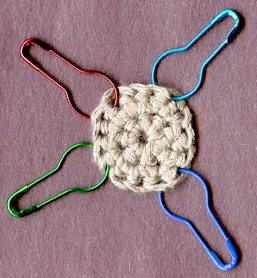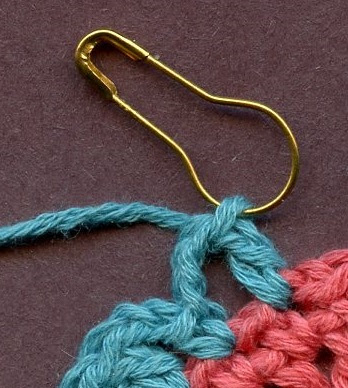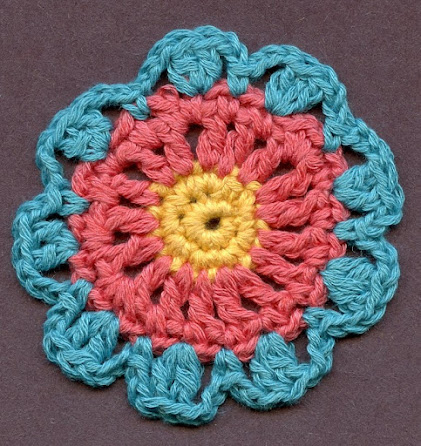The Fashion Show
Before I started this series of posts I took a lesson, or two, from
Jane Snedden Peever,
https://www.jspcreate.com
"They" say a good teacher is one who inspires.
The above circles are wine cozies. I drink wine, with ice. The condensation
on the stemware glass - even the plastic ones - would drip on my clothing.
And since I was already playing with crochet, I solved my problem by
making wine cozies.
The thing about a TBI is, you think you can do things,
and discover that skill is gone . . .
So you have to figure out a way to make your ideas work.
Anyone can do anything with mindful effort,
and a willingness to keep at it.
Never feel sorry for a 'disabled' person.
Instead, rejoice with them in their accomplishments,
However small, in your world.
In their world, it is HUGE!
So this post is about mistakes. . .
and how to live with them.
If mistakes are not 'your thing' - skip this and go directly to the previous post.
While practicing making centers, I made this. But,
I need one more SC to make a center that can be
divided by 4.
In the next row, "SC2 in ea. st."
I must make 3 additional stitches:
1 for this row
and 2 for the next row.
I learned that by trial and Error!!
This piece is a real mess!
It started ok, but in the orange row, I have 17 DCs.
So, using the same color, I added what I thought would be
the correct number of stitches.
Wrong again!
While it will never be a square,
I can use it as a circle.
Notice the blue row . . .
I wanted to go high and low but experimented using only a chain,
a double crochet, and a single crochet (which I knew how to do).
If a single crochet is one high, and a double crochet is 3 high,
how many chains are needed between them? That was the challenge.
My first guess was 3 chains. Wrong again!
The second guess was 2 chains up, and 3 chains down. Success!
Why?
Going high, I already had a single crochet (count as 1), but going low, I am taking a double crochet all the way down to my foundation row.
Maybe. I don't care, it works.
Will that formula hold true for a smaller diameter? Try it and see.
Sometimes, you just have to play.
A 3.5" circle is small enough to finish quickly.
When I would make a mistake, or I didn't like
the way the row would 'lay' it
was quickly ripped out
so I could try something else.
My only rules were
to keep the size of the circle consistent
and do whatever
felt like something I wanted to try.
My circle is already too big to become a square. I had planned to have an odd number on each side, I have an even number. Do NOT count the corners!
The yellow lace is too lightweight to go with 2 rows of solid DCs.
I will save it for a bigger square or circle.
The center of this one is from a pattern by Jane at JSP Creates.
I added rows to make it larger because I am using finer yarn and a smaller hook.
Making increases on a straight side:
Let's say I want a pattern that requires 7 stitches.
If I put more stitches within that pattern,
it no longer lies straight.
I only need to increase by 4, maybe 5.
What does the original 'granny square' do?
It puts the increases in the corner, and
the middle until the repeat of the pattern on the straight side
can be fully repeated.
I will be adding to this as I find solutions to my mistakes !


















